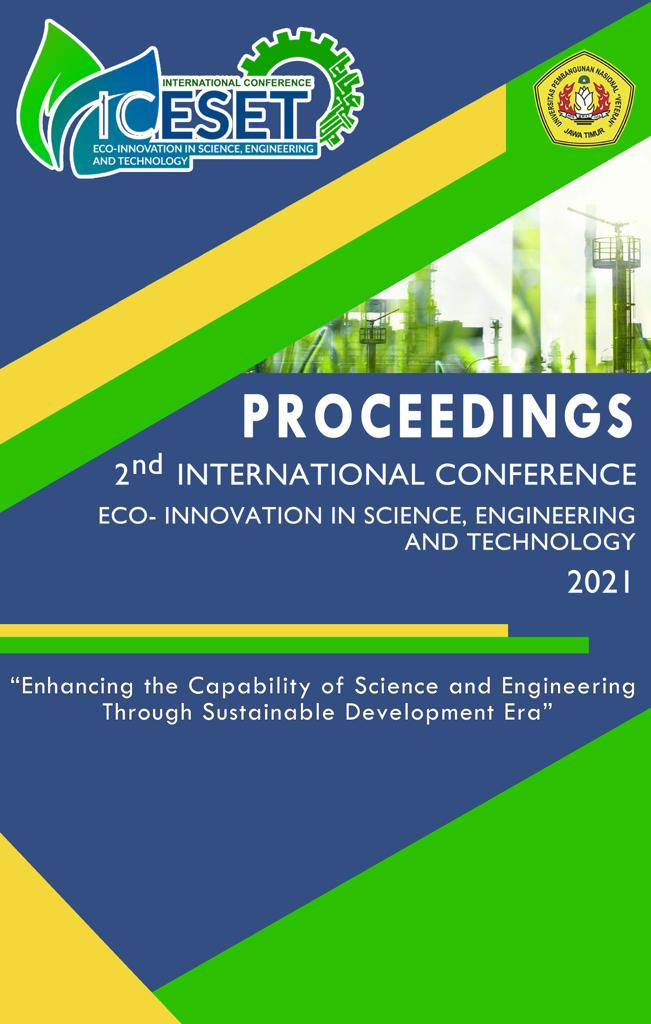Determining Distribution Vehicle Routes to Reduce Distribution Costs Using Sequential Insertion Method at PT. XYZ
DOI:
https://doi.org/10.11594/nstp.2021.1437Keywords:
Vehicle Routing Problem (VRP), sequential insertion, distribution costs, distribution routesAbstract
VRP is concerned with determining routes for problems involving more than one vehicle with a certain capacity to serve consumers with their respective requests. Route determination is one of the important factors in delivering products to consumers. Determining the optimal distribution route can minimize distance, shorten product delivery time and save transportation costs. PT. XYZ is a company engaged in the distribution of consumer goods. Problems that are happening at PT. XYZ is a product distribution problem where the number of vehicles is limited. The number of customers and the distance from the depot to the customer and from one customer to another is far away. Therefore, it is necessary to determine distribution routes, especially in transportation problems, to save time, distance, and distribution costs. The objectives to be achieved from research at PT. XYZ is to determine the product distribution route using the Sequential Insertion method. Based on the data processing results, the route Sequential Insertion method can serve customers in 5 routes with a total distance of 227.8 km, a total travel time of 15.9 hours, and a total distribution cost of IDR 145,792/week. The travel distance savings are 28.20 km, and the percentage of distribution cost savings is 11%, or the distribution cost savings are IDR 866,304/year. So, the Sequential Insertion method can be applied to determine the optimal distribution route to produce a minimum distribution cost
Downloads
Downloads
Published
Conference Proceedings Volume
Section
License
Copyright (c) 2021 Sumiati, Sinta Dewi, Isna Nugraha

This work is licensed under a Creative Commons Attribution 4.0 International License.
Authors who publish with this proceedings agree to the following terms:
Authors retain copyright and grant the Nusantara Science and Technology Proceedings right of first publication with the work simultaneously licensed under a Creative Commons Attribution License that allows others to share the work with an acknowledgement of the work's authorship and initial publication in this proceeding.
Authors are able to enter into separate, additional contractual arrangements for the non-exclusive distribution of the proceedings published version of the work (e.g., post it to an institutional repository or publish it in a book), with an acknowledgement of its initial publication in this proceeding.
Authors are permitted and encouraged to post their work online (e.g., in institutional repositories or on their website) prior to and during the submission process, as it can lead to productive exchanges, as well as earlier and greater citation of published work (See the Effect of Open Access).














